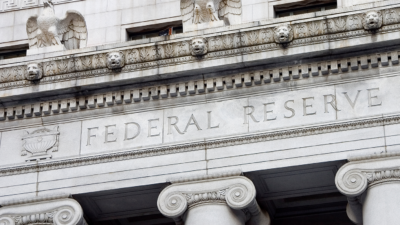Following on the heels of a 50 basis points increase in May and a 25 basis point hike in March, the Federal Reserve raised its benchmark interest rate by 75 basis points earlier this month, recording the most aggressive rate hike since 1994. The Fed broke from its issued guidance of a 50 basis points increase on the news that May’s CPI report indicated that inflation reversed course and increased 30 basis points to 8.6%. In addition, shortly before the start of the June Fed meeting, the University of Michigan revealed that U.S. consumer sentiment had fallen to its lowest level ever. As a result, the Fed went on the offensive and elected to bump the rate by 75 basis points to calm the sharpest rise in inflation over the last four decades.
With monthly CPI figures projected to hover around 8.5% through summer, the Fed is widely expected to approve another 75 basis points rate increase at their July meeting and will likely keep their foot on the gas at the September meeting. Fed Chairman Jerome Powell indicated that the Fed will remain aggressive until they begin to see “compelling evidence that inflation is moving down.” With inflation projected to decline in earnest later this year, the Fed will scale back its rate hikes to 25 basis points at the November and December meetings, with the benchmark rate finishing the year at 3.50-3.75% and likely peaking at 3.75%-4.0% in early 2023.
The larger than expected 0.4% decline in consumption for May will apply downward pressure on GDP growth for the second quarter. As a result, Oxford Economics projects real GDP growth slowing to around 2.3% in 2022 and decelerating to 1.3% in 2023. Moreover, they see falling energy prices and easing supply chain stress on food and core goods will drop inflation to below 3% by mid-year 2023 and below 2% by the end of 2023.
The Fed is attempting to thread a very tight needle to tame inflation while inducing minimal impact on employment and GDP growth. As a result, a policy overshoot remains a concern. While the front-loaded policy tightening raises the odds of the economy sliding into a recession in 2023, a recession is not a foregone conclusion.
The country continues to shift its spending from goods to services. Because of high prices, consumption is on pace for around 1% annualized growth in the second quarter. However, this pace could moderate further as consumers have been draining their savings to satisfy their consumption demands.
On a brighter note, with a national unemployment rate of 3.6%, an average of 488,000 new jobs added per month since the beginning of the year, an expanding labor pool and wage growth that appears to be cooling, the labor market at least for now, remains strong.
The Fed still has a long road ahead to get inflation back to its pre-pandemic level of around 2%. While encouraging, May’s 20 basis point decline in core PCE is not the “clear and compelling evidence” the Fed needs to see to begin easing their rate hikes. As a result, the probability of entering a recession increases as each day advances without seeing significant price relief. However, should the labor market remain resilient, the nation will likely skirt a recession and experience a slowdown in economic growth.

 Steig Seaward
Steig Seaward


 Aaron Jodka
Aaron Jodka